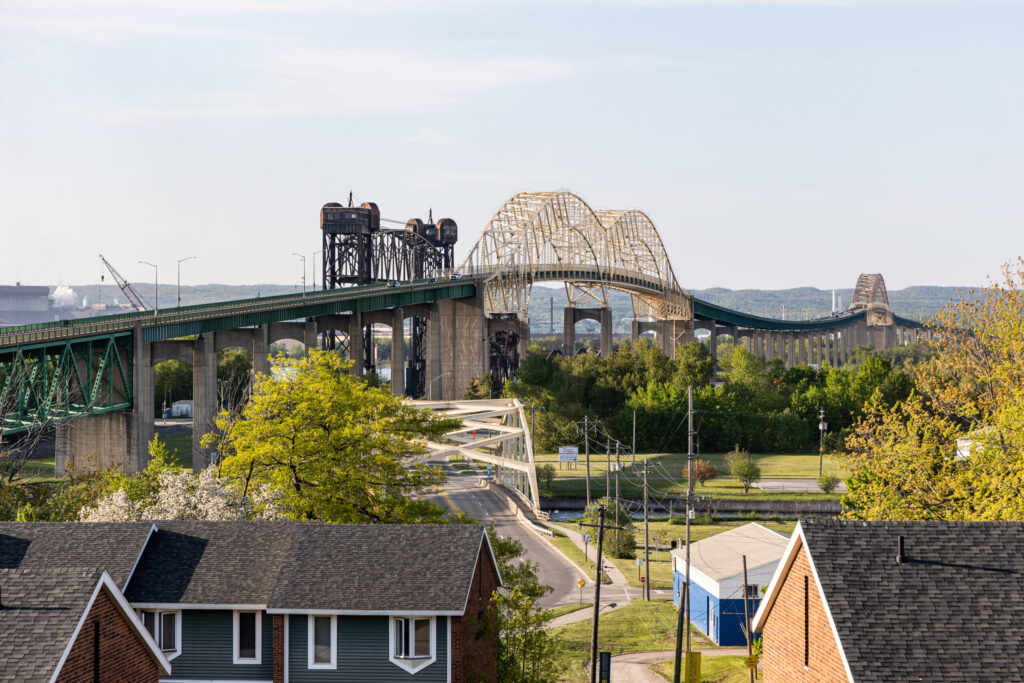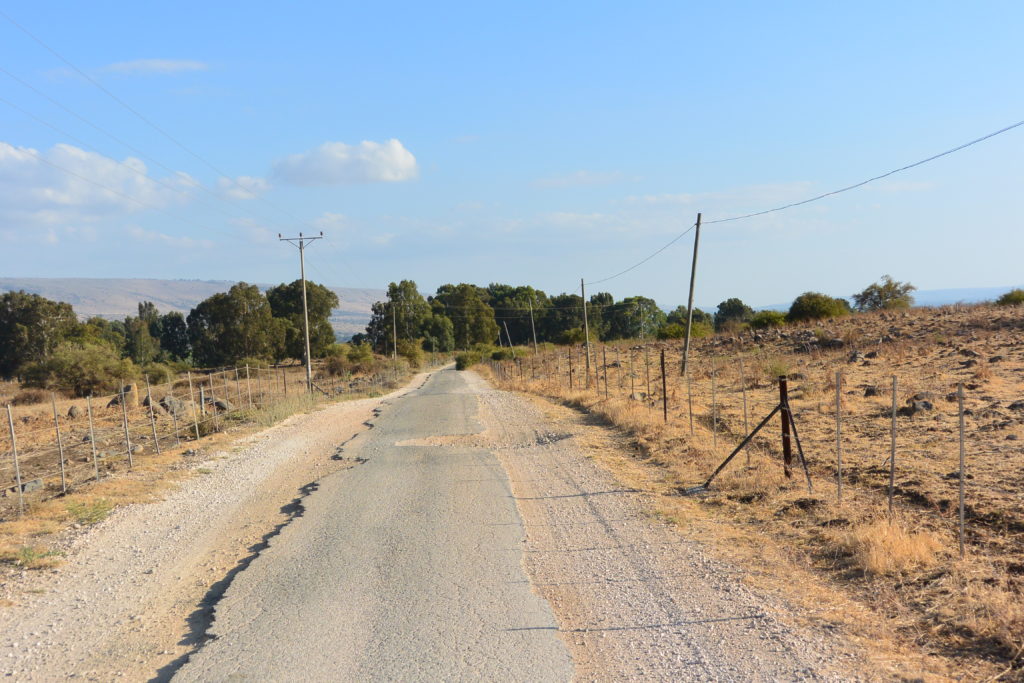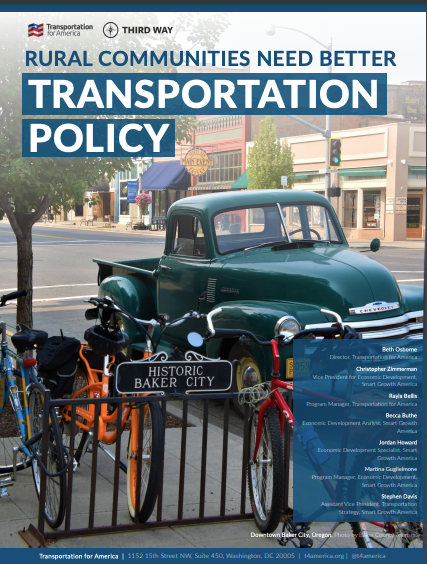
Fix-it-first would be a win for rural communities


The lack of repair requirements in the infrastructure bill will shortchange rural areas, costing them potential jobs and leaving them with crumbling roads and bridges that won’t get repaired. Our report highlights why using highway funds to fix roads and bridges would bring numerous benefits to rural America.
The infrastructure deal that passed the Senate in August and is currently waiting on a House vote after budget reconciliation will fail to make meaningful progress on the maintenance backlog on our nation’s streets, roads, and highways. That’s because there is no requirement for state DOTs to prioritize repair before building expensive new roads they will struggle to maintain. Historically, when given new funds with this kind of flexibility, they’ve chosen to expand their roadways (with dubious results), with no real plan for maintaining their highway system.

Read our latest report on the transportation needs in rural areas
Rural Americans need and deserve reliable and convenient transportation options, but current policies are failing them. This short report we released last week has six recommendations and stories of success from rural America that show a better approach.
What’s the impact on rural areas?
Despite what you may have heard from scores of Senators from rural states, failing to prioritize repair first is a big loss for rural America.
Instead of fixing potholed roads and preventing key farm-to-market bridges from being weight-limited or closed outright, a large portion of the infrastructure funding will go to costly expansion projects in big growing metropolitan areas. State DOTs will burn through the funding buying expensive right-of-way to widen roads for metro commuters. Oftentimes, these highway projects will worsen neighborhood connectivity by creating new barriers and will just end up inducing more driving, which means widened roads fill up with traffic in a few years, failing to deliver on the (expensive) promise of reducing congestion.
Meanwhile, rural areas, which aren’t growing as quickly as their urban counterparts, don’t have much rationale for road expansion, but they absolutely do need their roadways repaired. In fact, a report from TRIP (a national transportation research nonprofit) estimates the rural road maintenance backlog at $211 billion. With metro areas sucking up a majority of the funding for wasteful roadway expansion projects, there will be little left for the vital but unglamourous job of fixing rural highways, county roads, and small-town main streets.
What’s worse, the jobs that come with road repair—good-paying blue-collar jobs that rural communities need—won’t be as abundant. Maintenance work produces more jobs per dollar than roadway expansion since a greater share is spent on labor thanks to the lack of costly right-of-way acquisition. And since maintenance is the big need in rural areas, instituting requiring that existing roads are fixed before new ones are created would ensure that not only is the money spent better, but it actually goes to the greatest needs, creating more jobs along the way.
We don’t have to keep wasting highway funds on endlessly expanding highways. While the bipartisan infrastructure bill failed to include fix-it-first accountability, we can still hold our leaders accountable to actually use funds to repair roads and bridges before constructing new ones. Doing so would help preserve the rural roads that are vital for connectivity and bringing goods to market, all while creating the most jobs.



